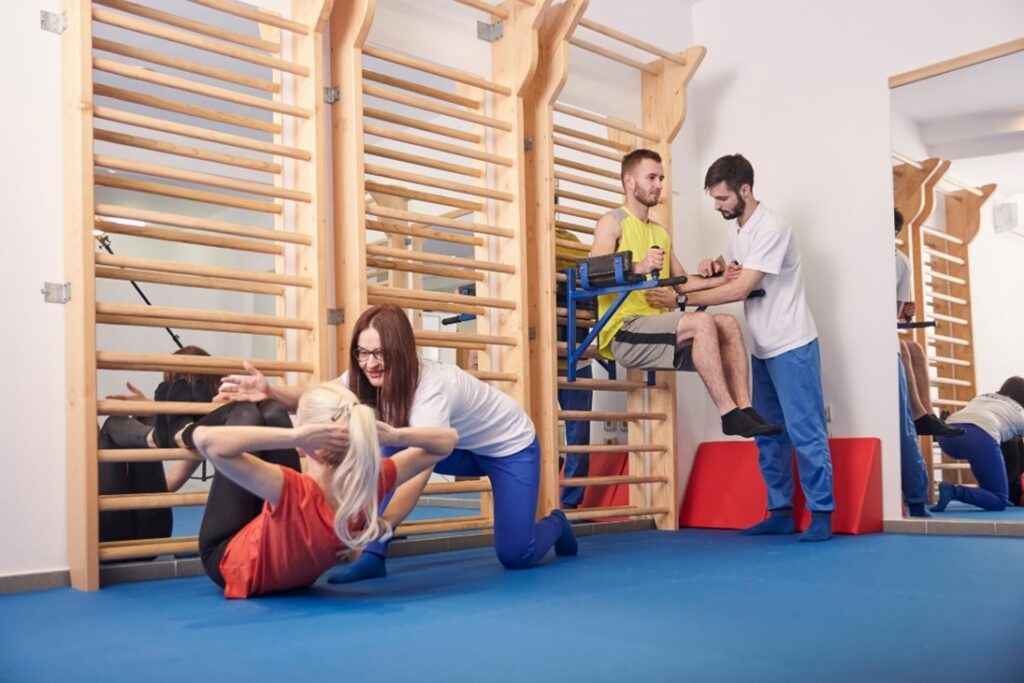
Up to 200 patients take part in sessions at each physical therapy clinics every week. Physical therapists are found in private outpatient clinics and hospitals, nursing care facilities, and as part of home health care services.
To an athlete, physical therapy is often vital for getting back into the game or to take training to the next level. To the average person with a chronic medical condition or recovering from a medical mishap, physical therapy means less downtime and getting back to normal quickly —sometimes feeling even better than before.
In recent decades, John R. Callen of MedRehab Alliance reports that physical therapy has evolved to become a scientific and essential part of both general rehabilitation and improved sports performance. Here’s why.
Physical Therapy
Physical therapy is an approach to treating a range of medical injuries through rebuilding movement and strength, as well as managing pain, with the overall goal of short-term recovery and prevention of further damage in the long term.
This is primarily done through a wide variety of approaches depending on the injury, patient, unique medical conditions, and training or specialty of the physical therapist. Commonly, physical therapy involves progressive and targeted forms of stretches and exercises over a set amount of time.
Many participate in physical therapy weekly or biweekly for at least a month or two. For others, especially amateur, high school, collegiate, and professional athletes, physical therapy is a regular part of their training or gym schedule.
Rehabilitation Goals
While physical therapy can have a simple focus on maintaining proper fitness and improving general health, the majority of physical therapy is centered on recovery from injury, both for athletes and for the average patient.
Injuries are a common part of sports that can negatively impact the longevity of athletic careers when they are not treated professionally.
For non-athletes who experience injuries such as broken bones or back inflammation, a general practice doctor or emergency room physician may refer patients to physical therapy as a stand-alone form of medical rehabilitation or a treatment to be combined with other methods, such as medication.
Sports rehabilitation addresses range of motion and body movements, usually in the form of exercises tailored to different parts of the body and fine-tuning the way an athlete’s body needs to move. This can include guided stretches, treadmill walking, weight-lifting, or stationary cycling.

Physical Therapy and Performance
Physical therapists also specialize in the enhancement of athletic performance when the basic, functional benefit of therapy is a secondary concern.
Often, performance enhancement techniques begin with rehabilitation. After an injury is treated, physical therapists may continue working to instill pain management techniques in patients for improving performance and preventing re-injury.
One’s range of motion can be revitalized as well as improved through physical therapy. While the main goal is to restore mobility, athletes and others undergoing therapy can also increase their agility.
If clients are happy with their physical therapy sessions, many decide to make ongoing support a priority in order to reach new levels of performance or shoot for a specific athletic goal. Therapists can then dig deeper into performance enhancement techniques and biomechanics guidance.
When athletes are looking for a comprehensive route to long-term excellence in their sport, physical therapists are certainly capable of helping with every step of the journey.



